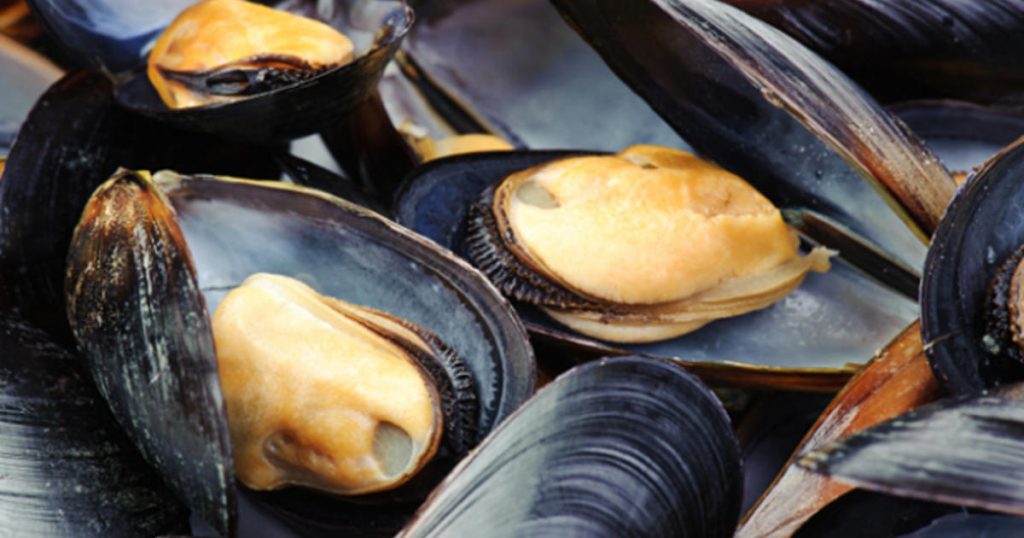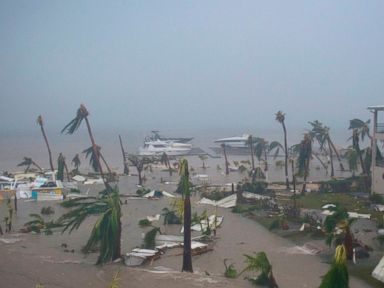


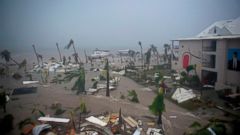
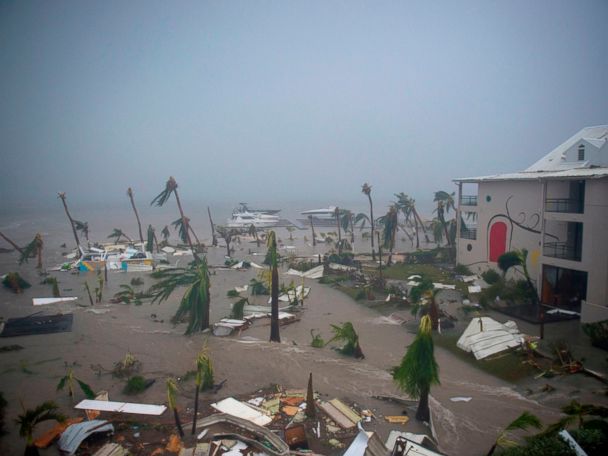
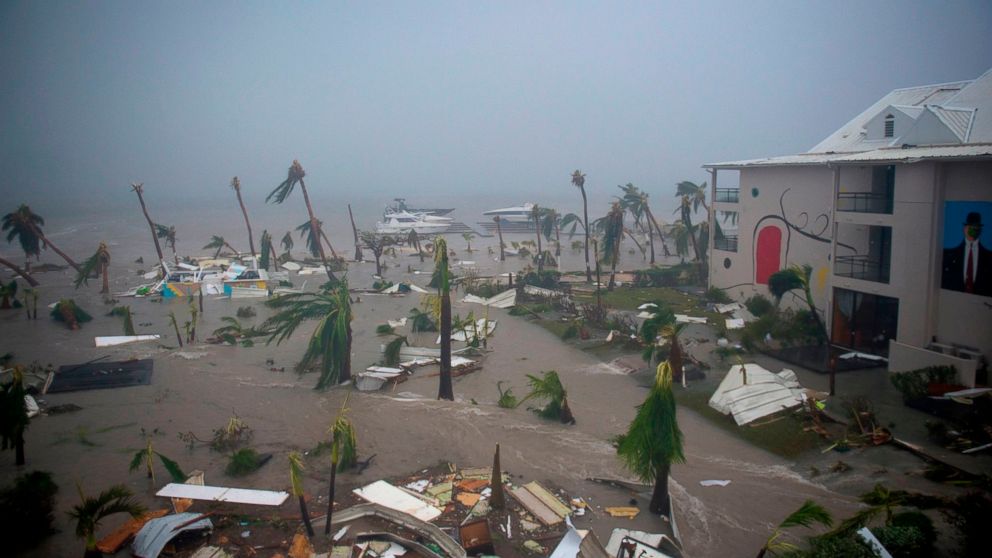
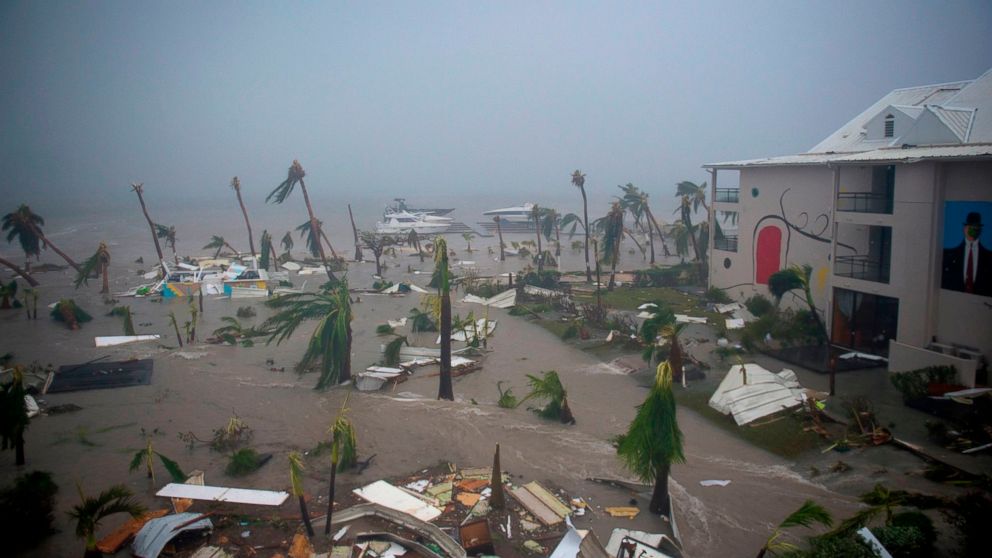
Scientists from the National Oceanic and Atmospheric Administration (NOAA) today released their forecast for this year’s hurricane season, predicting five to nine hurricanes including at least one that could be a Category 3 or higher.
They also predict a 70 percent likelihood of 10 to 16 named storms this year.
Overall, this hurricane season will be near normal or above normal levels.
Hurricane season is from June 1 to Nov. 30. Peak hurricane season is from mid-August through mid-October and the peak date for hurricane season on average is Sept. 10. Hurricanes, however, can occur year-round.
Category 1: Winds from 74 to 95 mph, which can damage homes, trees and power lines.
Category 2: Winds reaching 96 to 110 mph. These extremely dangerous winds can uproot big trees, cause serious damage to homes and lead to power outages that last several days to weeks.
Category 3: With winds from 111 to 129 mph, Category 3 is considered a major hurricane. Devastating damage can occur, and electricity and water might unavailable for several weeks.
Category 4: With winds from 130 to 156, Category 4 hurricanes bring catastrophic damage to homes, trees and power lines and can make areas unlivable.
Category 5: Five is the highest category for hurricanes with winds reaching 157 mph or higher. These hurricanes cause catastrophic damage by completely destroying buildings and houses and can make areas completely unlivable.
The outlook for this year follows a brutal year of hurricanes for the United States — 2017 was the worst hurricane season for the nation in at least xxxx years.
Hurricanes Harvey pummeled Houston in August, followed by Hurricane Irma in the Caribbean and Florida in September, both of which left behind severe flooding that destroyed and damaged homes and businesses.
Before the Caribbean could recover from Irma, Hurricane Maria tore through just two weeks later, devastating Puerto Rico as a Category 4 storm.
Puerto still hasn’t recovered from Maria. The storm caused massive power outages and destruction to homes, hospitals and water treatment plants.
The current death toll from Maria, according to the Puerto Rican government, is 64, but skepticism has lingered, with some Puerto Ricans and its officials believing the number is much higher.
As of Tuesday, 99 percent of energy customers had access to electricity in Puerto Rico, leaving roughly 14,500 customers still without power.
ABC News’ Ginger Zee, Melissa Griffin and Joshua Hoyos contributed to this report.

